Prof Martin Curley joined the HSE in April with an employment history involving large-scale information technology (IT) transformation at multinational corporation Intel.
He led the creation of the company’s Mastercard Advisors Digital Capability, established a global network of 15 Intel IT innovation centres and helped to transform Intel’s research reputation in Europe.
His move to the public service at the HSE Office of the Chief Information Officer (OoCIO) is challenging, however, despite this experience.
Like other parts of the HSE, the Office is trying to stay afloat in the face of inadequate funding and staffing.
<h3 class=”subheadMIstyles”>Stay left; shift left</h3>
Prof Curley is keen to make headway quickly in improving the HSE’s IT infrastructure, and has already developed a new strategy called “stay left; shift left”.
Under the umbrella of Sláintecare and the overall national e-health strategy, ‘stay left; shift left’ aims to transform the Irish healthcare service by using technology to keep people out of hospital.
The term ‘shift left’ was first coined in Intel, where there was an original strategy of the same name that aimed to find solutions to provide the highest quality-of-life at the lowest possible cost, Prof Curley explained.
When he began his role at the HSE, he then adapted the strategy, with the help of his team at the CIO Office, to include a focus on keeping people well.
“The philosophy of the healthcare system needs to change from making sick people better,” Prof Curley said.
“That, of course, is very important, but ideally we would want the centre of gravity to move to keeping people well first and then if you happen to get sick or have an accident we have technology-based solutions that can help take care of people better, cheaper and faster.”
Prof Curley noted that Ireland is at a unique point in time where there are multiple ‘disruptive’ technologies occurring simultaneously.
“In the past there were the railroads or the internal combustion engine and each of those drove significant disruption, but now we have cloud, mobile, artificial intelligence, the Internet and other disruptive technologies and this is accelerating the pace of change,” he said.
“One of the things that needs to happen in terms of the effectiveness of the digital transformation is that it’s done in a managed way, rather that just a complete free for all.”
The ‘stay left; shift left’ strategy aims to deliver transformation in a more managed way using technology.
“‘Stay left’ is about using digital technologies to keep people well and ‘shift left’ is about if you happen to be sick or have an accident we can use digital technology to move you as quickly as possible from an acute setting to a community setting to ultimately being treated in the home,” he explained.
“We look at four different characteristics of innovation that get us to ‘stay left; shift left’: Looking for digital innovations that reduce the cost-of-care, “improve quality-of-life”, and improve the clinician’s experience.”
These characteristics are the aims of all HSE clinical care programmes so the strategy is linked with existing organisational objectives.
“What we’re advocating with “stay left; shift left” is kind of an overarching digital innovation agenda for healthcare in Ireland. We think it could become the equivalent of Moore’s law. Moore’s law became the innovation strategy for the semi-conductor industry and basically all the players in the ecosystem, everybody aligned around the same goal,” Prof Curley stated.
“Rather than digital innovation happening in a sporadic way or by osmosis, we are able to direct and orchestrate it a bit better because we are trying to find solutions that align with this idea.”
<h3 class=”subheadMIstyles”>Bluedrop Medical</h3>
According to Prof Curley, the HSE is actively looking for innovative technologies that align with the strategy. One example is Bluedrop Medical in Galway.
The company has developed a foot ulcer detection device that could transform diabetic management through early detection.
There are 10-to-11 diabetic foot amputations in Ireland every week. However, he said this figure could drop significantly if the company’s technology were adopted by the HSE.
Bluedrop Medical has developed a cloud-based solution where individuals with diabetes would weigh themselves daily using a scales.
The scales would take a picture and measure the temperature of the foot, sending this information to a cloud for analysis by healthcare professionals.
Prof Curley highlighted there is a strong correlation between the temperature of the foot and possibility of developing a foot ulcer.
“This would be early detection before an ulcer develops and would be a very good example of “stay left; shift left” implementation,” he said.
The technology is merely one of many candidates for implementation, but could be successfully adopted though the HSE Quality Innovation Corridor Programme in the future.
“The trick is how can we lower the barrier for innovation and how can we encourage the ecosystem to innovative with us so that we all, collectively, can improve much faster,” he said.
The strategy is in the “early stages” at present, but the idea has been shared with organisations such as IDA Ireland, Science Foundation Ireland (SFI) and Enterprise Ireland.
According to Prof Curley, Enterprise Ireland is announcing a small business innovation fund to help the HSE find solutions that align with the new strategy.
Meanwhile, SFI has new funding aligned with the idea, encouraging organisations to come up with solutions to keep people well and get them home from hospital as soon as possible, he said.
Prof Curley spoke at the RCPI’s annual St Luke’s Symposium at the end of the month on the topic of digital technologies and their impact on healthcare, and outlined the new strategy to delegates.
<h3 class=”subheadMIstyles”>Resources</h3>
Compared to other similar organisations, the HSE Office of the CIO is significantly under-staffed, under-funded and under-resourced.
The deficits undoubtedly create immense challenges for the Office and Prof Curley is seeking more staff and funding in 2019 to alleviate pressure.
“Compared to benchmarks the percentage of IT spending as a percentage of overall funding is low,” Prof Curley confirmed.
“Similar organisations are spending 3.5 to 4 per cent of their total budget on IT and for the Office of the CIO we’re spending around 1 per cent of the total budget on ICT. So we are making the case for 2019 to have a significant increase.
“We’re confident the capital funding will increase in 2019 but we also need to make sure expense funding goes up as well. Typically for every one euro of capital funding that you put in you need to budget in subsequent years 20 per cent of that for expense funding to maintain and operate the new systems that you deploy.
“It’s all very well having the capital funding but if you don’t have the resources to deploy the solutions then that’s an issue.”
The Office, due to a lack of HSE staff, relies on partner organisations like Deloitte and KPMG to assist with projects.
The Office has about 275 permanent staff. Adding contractors, the total staff number comes to around 400, Prof Curley said.
Some 49 staff positions approved in recent years have been filled but the Office is still “considerably under-weight” when it comes to staffing, Prof Curley stated.
“We have a huge amount of projects we’re managing so if we get commensurate increases in capital funding then we also need an increase in headcount so we can deliver the projects,” he said.
An analysis of staff numbers required has been conducted. Usually large healthcare organisations have up to 3.5 per cent in IT, but the HSE has about 1 per cent or less of the overall headcount working in IT, Prof Curley said.
“Arguably, based on benchmarks we would need to more than double staff.”
“One of the key things we’re looking at is to see how we could augment those resources in the estimates for 2019, but also exploring how we could partner with external companies; for example, Dell, Microsoft and IBM and how we could augment our resources by doing some strategic partnering,” he said.
“We’d like to make it so that for new college graduates, the Office of the CIO becomes an attractive place for them to work; the opportunity to do high-quality work and make a difference at the same time…We need to be able to attract the right kind of talent to work in our organisation.”
<h3 class=”subheadMIstyles”>EHR</h3>
The Office’s flagship project is implementation of an electronic health record (EHR) for every person who comes into contact with the health service.
A HSE business case for the introduction of an EHR across the healthcare system is finally due to be approved before the end of 2018, two years after it was first submitted.
Approval is required for the business case in order to allow for a procurement process to commence for the development of an EHR at the new National Children’s Hospital (NCH).
Prof Curley said a pre-procurement market engagement seminar already undertaken had resulted in a supplier briefing with over 100 companies.
The new NCH, due to open in 2022, will be the first hospital in the country to implement an EHR.
“The implementation of the electronic health record is a major aspect of Sláintecare and is kind of the equivalent of the electrification of Ireland. What electricity did for Ireland, it’s that kind of change we’re seeking. It’s a very significant and big change that needs to happen,” he said.
<h3 class=”subheadMIstyles”>Future</h3>
By the end of his five-year term, Prof Curley would like to have achieved and completed the first EHR implementation in the new NCH before further rollout continues in other hospitals.
He would also like to see “clear evidence that the ‘stay left; shift left’ strategy has transformed healthcare in a number of ways” and improved the lives of Irish citizens.
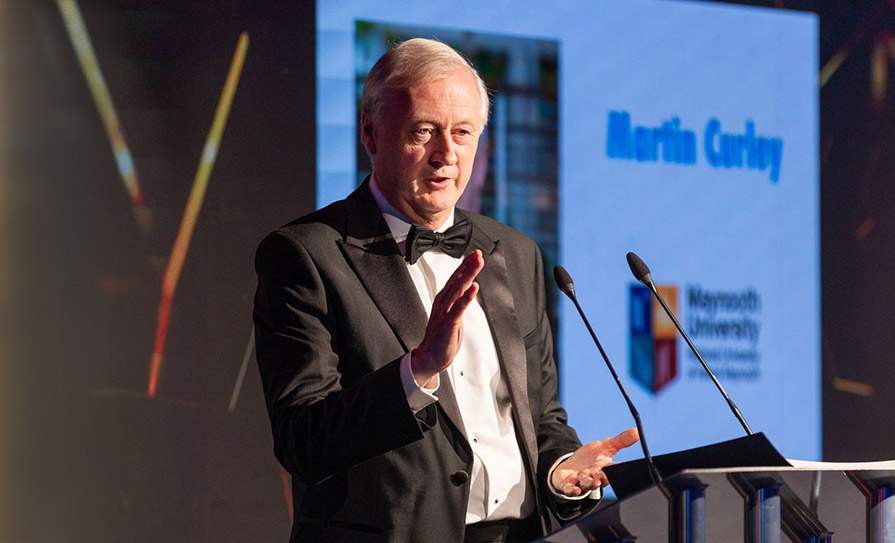
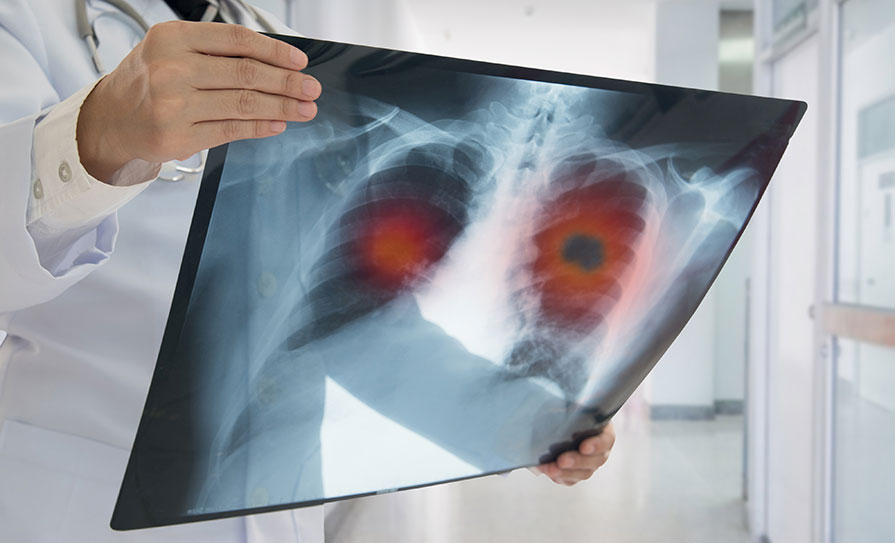
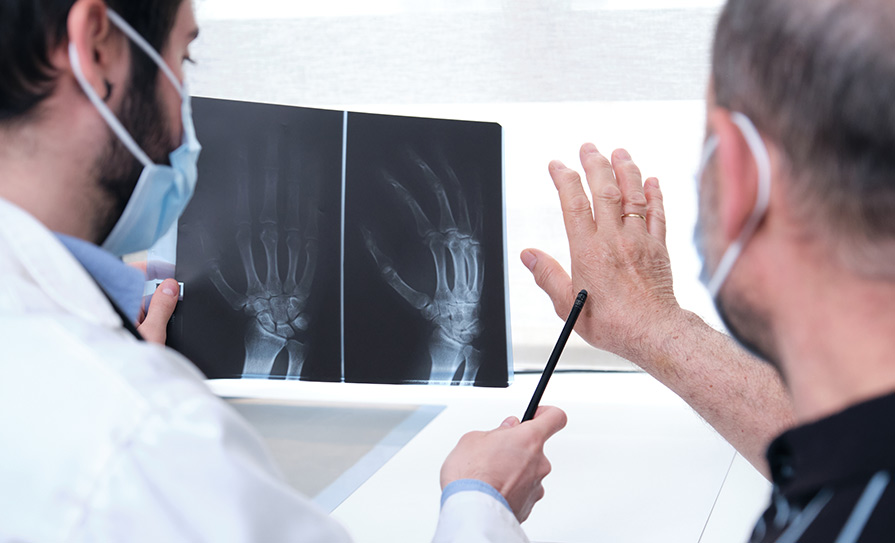
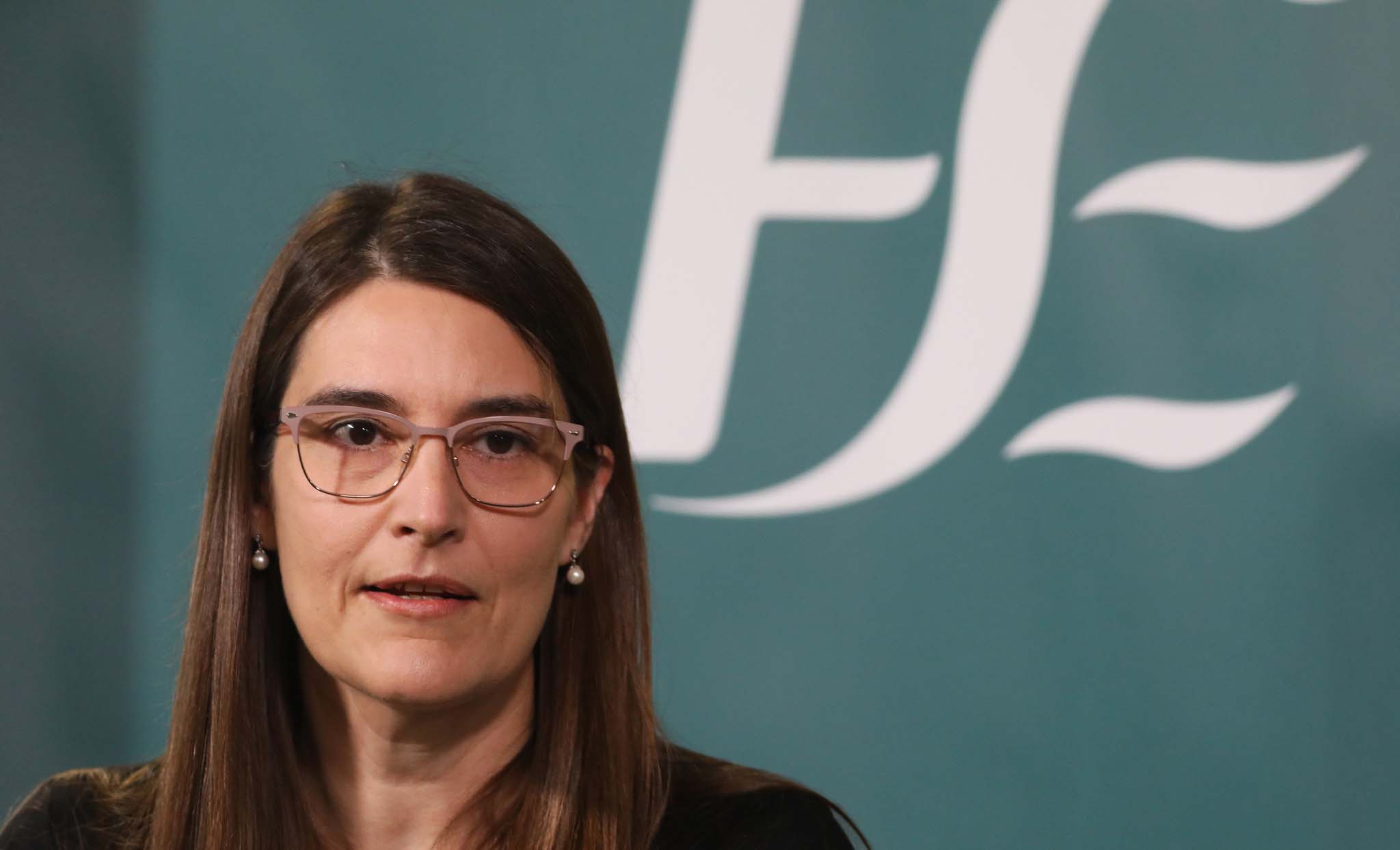
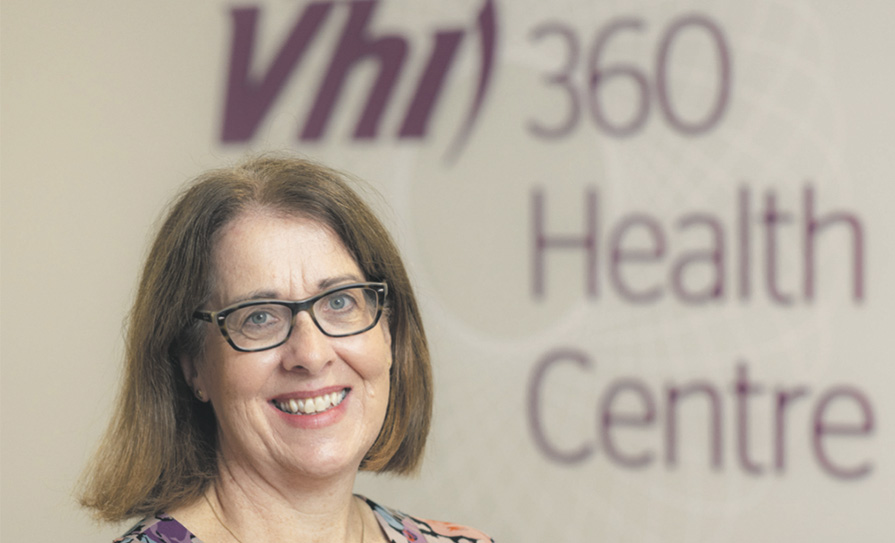


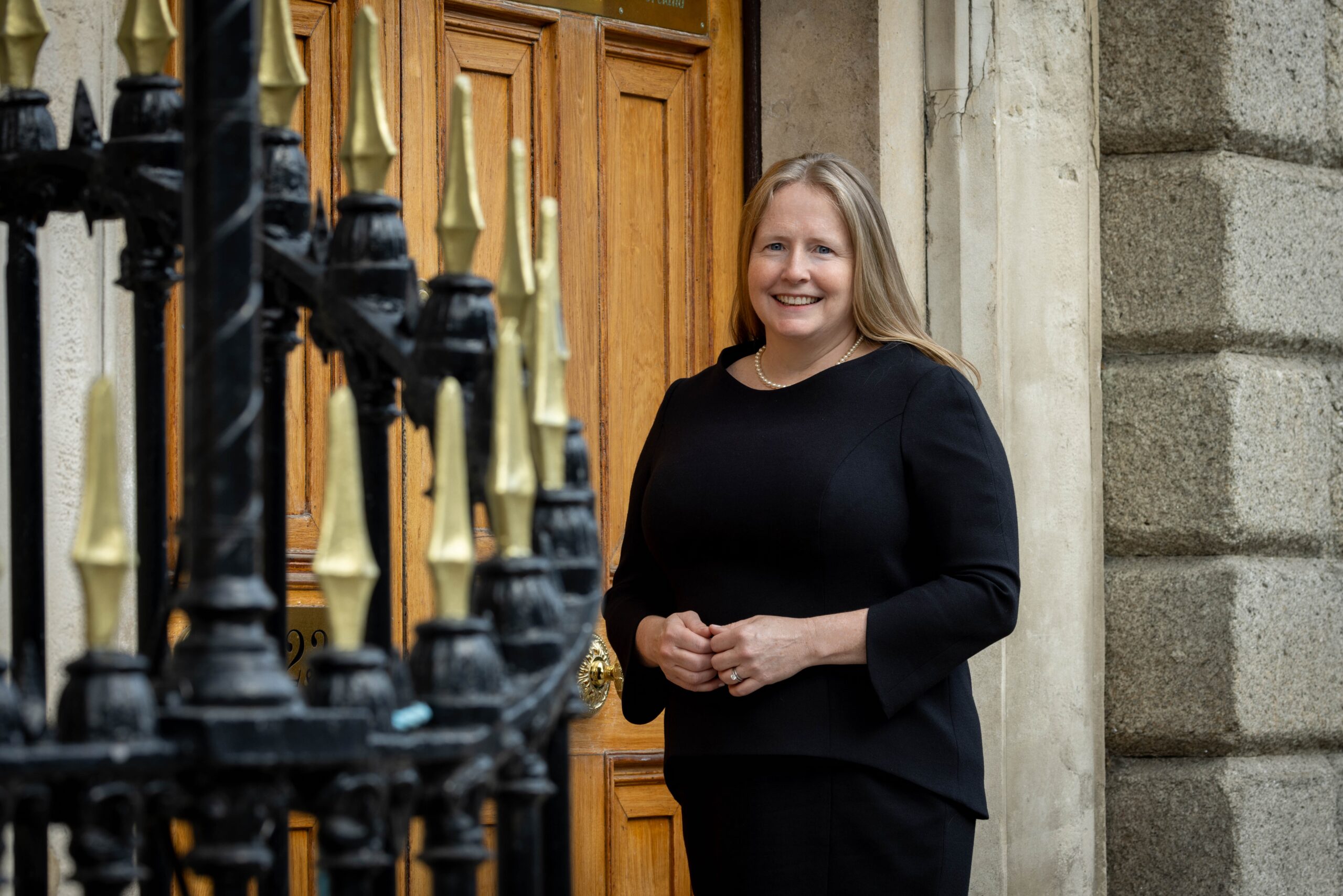




Leave a Reply
You must be logged in to post a comment.